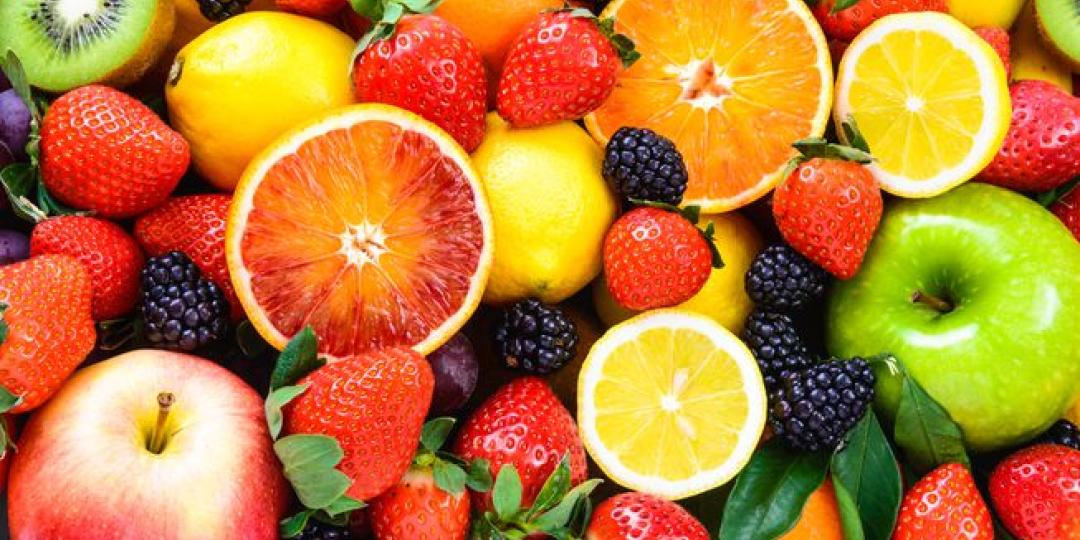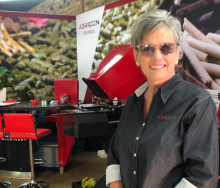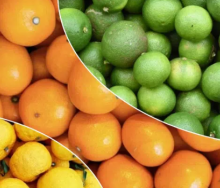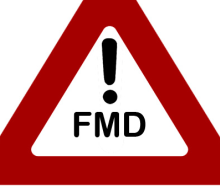Long and complex protocol negotiations to open up new markets remain the biggest challenge to export growth of southern hemisphere fresh produce exports into the Asian market.
This according to the Southern Hemisphere Association of Fresh Fruit Exporters (Shaffe) who pointed out that even once market access had been granted, sanitary, phytosanitary and other non-tariff barriers, such as complex certification requirements, continued to restrain export growth.
“The complex phytosanitary requirements are increasing the cost of exporting,” Nelli Hajdu, trade and communications policy advisor for the European Fresh Produce Association told FTW Online on behalf of Shaffe.
She said that these market access barriers would need to be tackled in a multilateral forum or by the likes of the World Trade Organisation.
“Southern hemisphere countries are very successful in market access negotiations and in tackling matters addressed individually, which is proven by the growing exports to key markets in Asia,” added Hajdu. “They have strong national organisations, associations and public-private structures who are very engaged in supporting their producers in exporting fresh produce.”
Despite the challenges, southern hemisphere exports have increased by 6.7% over a five-year period holding the title of fastest growing imports into the Asian market with 36% of imports into Asia originating from Shaffe countries.
“Shaffe countries are gaining market share, but also the overall import market is growing, which is currently changing the Asian fruit import market structure,” said Hajdu.
She said this growth had been driven by the rise in demand due to a very high average population growth rate in Asian countries, along with a 3 to 8% GDP growth rate in key Asian markets such as China, Japan and Thailand, which was creating a growing middle class.
High value products from southern hemisphere countries, such as cherries, avocados and berries were of particular interest to importers from Asia while citrus imports are also a fast-growing commodity.
“Quality in production and reliability in trade from Shaffe countries are key drivers of export growth to Asian markets, along with the counter-seasonality of production which doesn’t interfere with domestic production and trade,” Hajdu added.
She pointed out that there still remained undiscovered markets for Shaffe fresh produce exports in the region, such as Vietnam or Indonesia, which could be explored.













